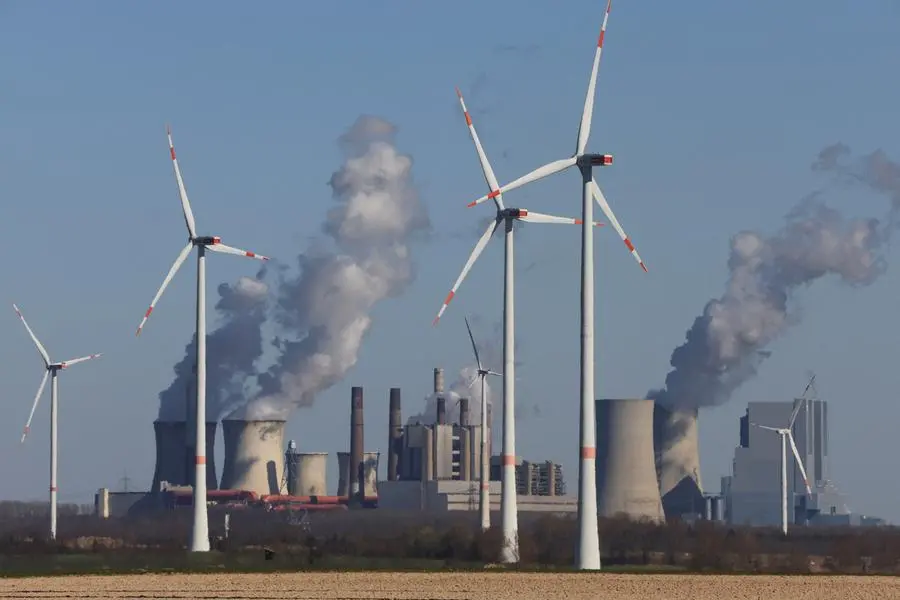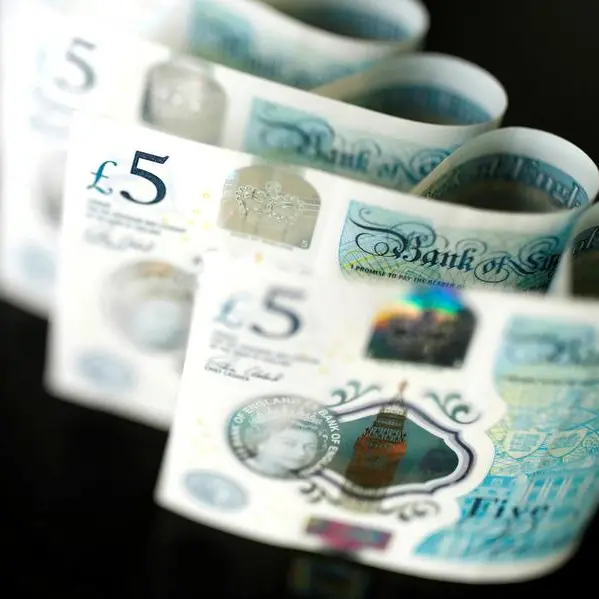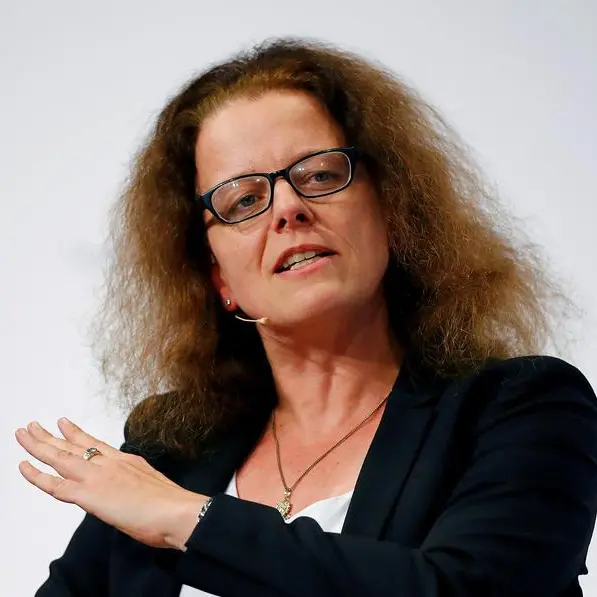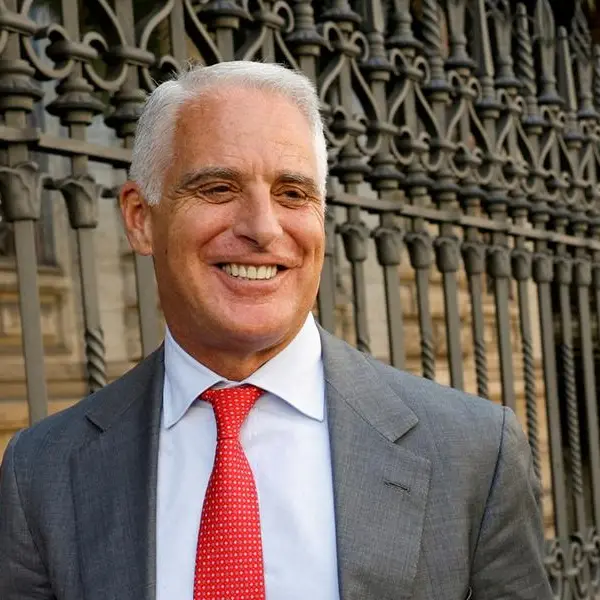PHOTO
FILE PHOTO: Wind power stations of German utility RWE, one of Europe's biggest electricity companies are pictured in front of RWE's brown coal fired power plants of Neurath near Jackerath, north-west of Cologne, Germany, March 18, 2022. REUTERS/Wolfgang Rattay/File Photo Image used for illustrative purpose.
German wind industry lobbies on Tuesday said the country added 60% more onshore wind capacity in the first half of 2023 than a year earlier at a total of 1,565 megawatts (MW), but far more was needed to reach government targets for 2030.
Wind power is central to Germany's transition to renewable energy as Berlin aims to reach at least 80% of electricity output by 2030 from green sources, such as solar and wind, to lower carbon emissions.
The roll-out has become more pressing with the drop of Russian fossil fuel exports to Germany last year, demonstrating the risks of reliance on imports and the need for local energy.
Associations BWE and the VDMA Power Systems engineering group, which represent turbine makers, issued statistics showing that the 1,565 MW total compared with 977 MW added in first half 2022.
The organisations credited the government's interventions in favour of building activity and the speeding of permits for the increase.
Assuming these developments will continue, they expect that the upper end of a full-year projection made in January for additions totalling 2,700-3,200 MW will be reached this year.
However, "even the significantly increased permitting numbers are not enough by far to achieve growth rates of 10 GW (10,000 MW) per year from 2025," they said.
Ministries outside the economy ministry run by the Greens' Robert Habeck and state and local authorities should cooperate better, BWE and VDMA said.
Germany's total installed onshore wind capacity had reached 59,343 MW at the end of June 2023, the numbers showed.
This represented a net increase of 4.4% from a year earlier, after accounting for dismantling and revamps of existing turbines.
The government's green energy targets imply that 115,000 MW of onshore wind will be in place in 2030. (Reporting by Vera Eckert, editing by Friederike Heine and Tomasz Janowski)





















